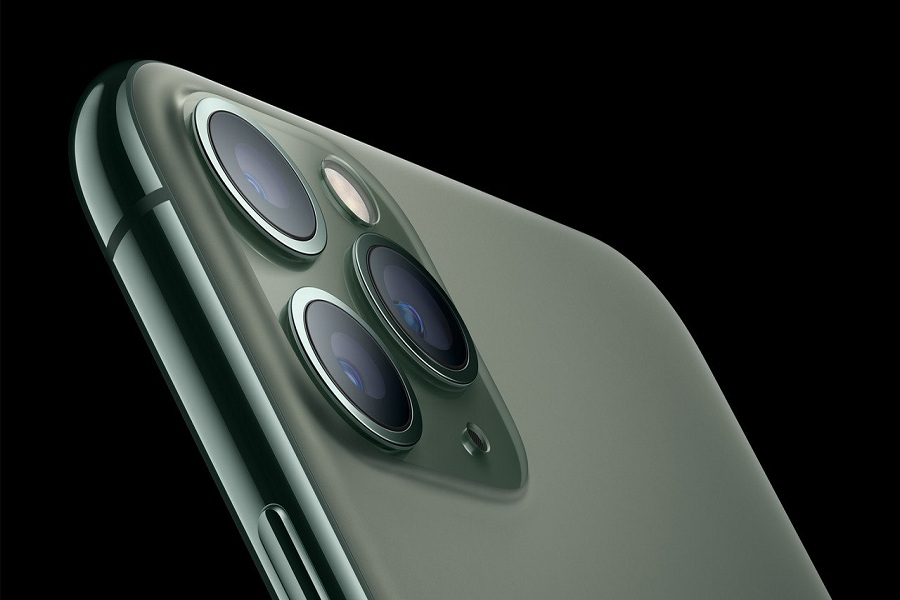The gaming industry’s visual landscape is constantly evolving, driven by relentless innovation and the pursuit of ever more realistic and engaging experiences. Within this dynamic field, Apple’s influence looms large, especially when it comes to the realm of slot games. With their commitment to high-caliber graphics, Apple devices have become a canvas for some of the most visually stunning gaming experiences available today. This is where the power of Apple’s technology meets the creativity of game designers, resulting in slot games that not only entertain but mesmerize with their graphical prowess.
Imagine the vibrant animations and sharp details that define modern slot games on platforms like iPhones and iPads. How exactly has Apple’s dedication to graphics excellence propelled the slot game industry forward? As users demand more lifelike and captivating gaming sessions, developers are turning to Apple’s hardware and software to deliver such experiences. The integration of uses cutting-edge graphics has not only raised the bar for visual quality but has also set new standards for what players expect from their gaming sessions.
Evolution of slot game graphics on Apple devices
From the rudimentary visuals of the past to today’s high-definition renderings, the trajectory of slot game graphics on Apple devices has been nothing short of remarkable. In the early days, players interacted with basic, pixelated images that were more functional than immersive. These were the times of simplicity, where charm often lay in the minimalist approach to design. Yet, as Apple’s hardware evolved, so did the expectations and capabilities of slot game aesthetics.
The Pixel Era
The journey began with the classic 2D sprites, tiny pixels that combined to form the iconic cherries, bars, and sevens. These graphics were simple, yet they laid the groundwork for what was to come. They operated within the constraints of early Apple devices, which, while innovative for their time, offered limited graphic processing power.
The Leap to 3D
As Apple introduced more robust GPUs, the door to three-dimensional graphics swung wide open. Suddenly, slot games began to exhibit depth, character animations, and a level of detail that previous hardware generations could not support. This shift did not happen overnight; it was a gradual climb, with each new device release offering a glimpse into the potential of mobile gaming graphics.
Today’s High Fidelity
Fast forward to the present, and Apple’s latest devices boast GPUs capable of rendering stunning visuals that rival even the most advanced gaming consoles. The textures are rich; the animations, fluid. Slot games now feature intricate backgrounds and symbols that pop off the screen, engaging players in a way that was once the domain of high-end gaming PCs.
The Software Synergy
It’s not just the hardware that has driven this evolution. Apple’s software advancements have played a crucial role as well. With each update to iOS, developers gain access to new tools and APIs that allow for more sophisticated graphic design. The synergy between Apple’s hardware and software has enabled slot games to run with a smoothness that was previously unattainable.
Impact on Gameplay Experience
This graphical renaissance has had a profound impact on gameplay experience. High-resolution graphics and seamless animations have become the norm, setting a standard that players now expect. The visual appeal of slot games can significantly influence a player’s choice and retention, making graphics a key component in the success of gaming titles on the App Store.
Technological advancements in slot game providers
The march of progress in the slot game industry is marked by the implementation of cutting-edge technologies. Among these, game engines and software tailored to support high-resolution graphics and complex animations stand out. They are the unsung heroes behind the scenes, transforming code into captivating visual feasts on Apple devices.
Game Engines: The Powerhouses of Visuals
Behind every smooth spin of a virtual slot reel is a game engine, a crucial piece of software that has evolved dramatically. Modern game engines are designed to handle the heavy lifting of high-resolution assets, ensuring that each frame is rendered with precision. They work tirelessly, allowing the vibrant worlds of slot games to unfold with stunning clarity on retina displays.
Metal: Maximizing iOS Performance
Enter Metal, Apple’s graphics API, a tool that has been a game-changer for developers. With Metal, the full potential of Apple’s hardware is unleashed, allowing games to run at peak performance. The API’s efficiency means that even the most graphically intense slots operate without a hitch, maintaining high frame rates that are essential for a smooth gaming experience.
Animations: Bringing Slots to Life
Animations in slot games do more than just spin reels; they create stories and environments that captivate players. The leap from static symbols to animations that burst with personality and flair is significant. Each movement is a carefully choreographed sequence, designed to keep players engaged and immersed in the game.
The Result: An Engaging Gaming Environment
The culmination of these technological advancements is a gaming environment that beckons players to return time and again. It’s not solely about the chance to win; it’s the allure of a game that looks and feels alive. The rich tapestry of visuals, supported by robust game engines and Metal’s optimization, creates a sense of place—a digital casino floor that rivals the excitement of its real-world counterpart.






